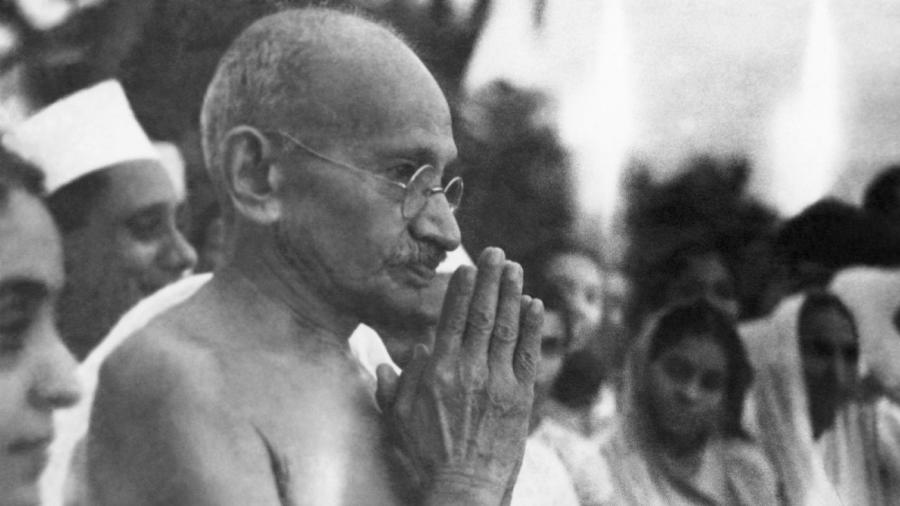How Did Gandhi Gain Independence for India?

Mohandas Gandhi used nonviolent civil disobedience during a campaign in 1930 and 1931 to pave the way for Indian independence. His efforts started with the Salt March, which undermined British authority and gave Indians a sense of national solidarity.
To protest the British prohibition on Indians collecting or selling salt, Gandhi conducted his famous Salt March on March 12, 1930. The British not only forced Indians who wanted salt to purchase it from them, but they also leveraged a hefty tax on the commodity. Gandhi believed the march would address the direct issue along with helping to unify Indians, according to History.com. As he marched from Sabarmati to the Arabian Sea, more than 240 miles away, Gandhi spoke to Indians along the way. By the time he reached his destination and plucked natural salt from the sea, he had inspired thousands to follow. British police arrested 60,000 people for violating the salt laws.
According to the International Center on Nonviolent Conflict, the Salt March did not gain concessions from the British toward Indian independence, but it did inspire the Indian people to think of their country as one large, unified whole.
Gandhi continued to lead nonviolent protests, eventually gaining the attention of the British government. According to History.com, British leaders believed that Gandhi was too prolific to ignore. They gave India its independence in 1947. A Hindu extremist assassinated Gandhi not quite six months later.





